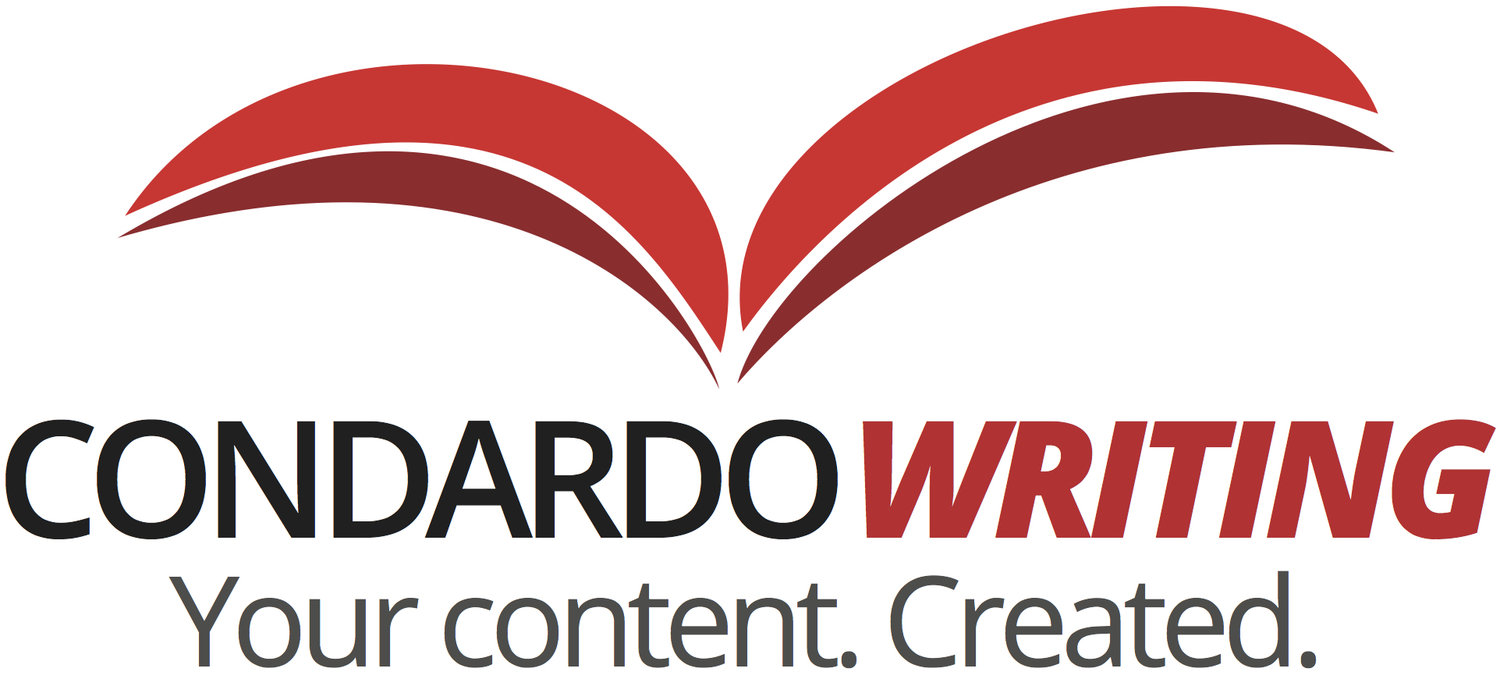The hectic run-up to the holiday season is usually a time of finishing up projects before the end of year lull. Once through the festivities, activity ramps up again and the new year can sometimes present a blank slate - perhaps even a clean desk - and offers a perfect opportunity to start a few new projects. One of the more productive things you might consider is taking a look at your content. Start by reviewing what you have and then determine what you might need in the coming months. Here are five ideas to get you started.
1. Take advantage of untapped resources
Coming up with content ideas can sometimes be a struggle, especially with a bulging to-do list of other priorities. The solution may not be as difficult as you think. domain owner . You're likely surrounded by several fertile sources that you may not have considered - your resident subject matter experts.
Most companies, especially those in the technology space, have SME's who are carrying around valuable knowledge about your industry, business, and customers. Unfortunately they probably lack the time to get that information down on paper where you can share it with current and prospective clients. Why not arrange to tap that extensive knowledge and put together an eBook or white paper on a topic relevant to your business?
Not only will this provide you with an outstanding content piece for lead generation or thought leadership, but it'll also allow the SME to share his or her valuable insight - something they may be eager to do.
2. Document a customer success story
The end of the year is always a good time to look back to last year to find situations where your product or service helped one of your clients. Crafting several compelling case studies fills two needs: It provides your customer with some always welcome publicity and it also gives you an effective proof of concept piece.
One of the biggest influencers with potential clients is evidence that your product or service does what you say it will. Demonstrating it with a real world example from an existing customer is one of the most powerful sales tools.
3. Refresh your blog
Spend a minute going through your list of blog posts. If the most recent one is three or four months old, you're sending a message that either you have nothing new to say or you've abandoned the blog section entirely. This could be the right time to reach out to customers and prospects with a series of posts to refresh that area of your site.
You don't need to commit to a daily blog blitz, but presenting one post a week for the next few months will show that you're making an effort to communicate with your audience.
4. Update your web site
While you're on the site, take a look at other copy that may need updating. Is your bio page still relevant? Does it include new hires and has it been edited to delete those no longer with the company? How long has it been since you posted a new entry in your press release section? Does the main message on your home page still accurately reflect the company's direction?
I'm not suggesting you invest heavily in an all-new design. Sometimes revisiting and updating some of your key content elements is all you need to breath some life into your site.
5. Get published
One of the best - and most cost effective - ways to get publicity for your company is to publish an article in an industry magazine or newsletter. Those publications are always looking for content so they'll likely welcome your reaching out to offer your expertise. This is an excellent way to share your thoughts on a hot industry topic and get some props for your organization at the same time.
After the article is published, you then have a solid marketing piece you can share with prospects and customers to reinforce your thought leadership profile.
Lots of resolutions are made at this time of year and many of them wither and die before too long. Reviewing and upgrading your content program doesn't have to be one of them. By taking a few simple steps now, you can establish a year long program that can yield significant benefits.
What are your content plans for 2015?




